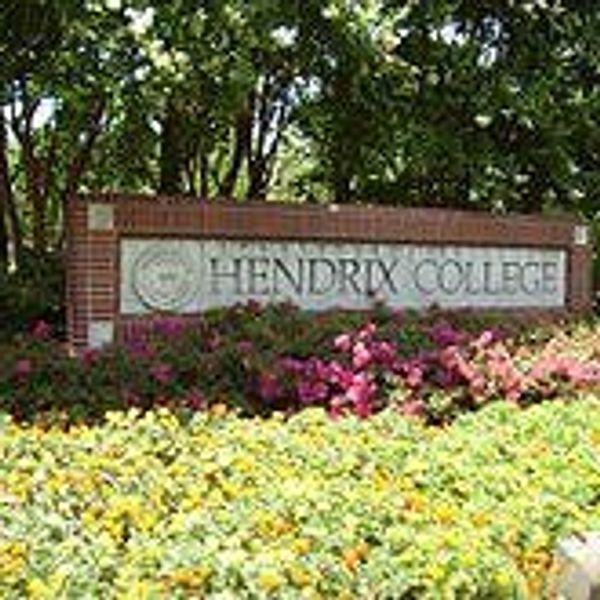If you are a student at a UC, you have probably had a teacher who recalls the good ol' days in the '60s when California students could attend college tuition-free or virtually so, only having to pay the registration fee. These lucky souls are among the relatively low portion of students that have benefitted from the original intentions of the California Master Plan for Higher Education enacted in 1960. One of the main goals of what became formally known as the Donahoe Higher Education Act included providing tuition-free post-secondary education for California students. As it went, the plan stated the top 1/8th of high school graduates would be guaranteed a place at a UC campus; the top 1/3 would be guaranteed a place on a CSU campus; California Community Colleges (CCC) would accept any students who wanted to, or "could benefit from," a higher education. The ideology behind the free tuition drew on the moral imperative that any resident of the state, regardless of socio-economic background, should have the opportunity to receive a higher education of excellent quality at free or low-cost. The fees imposed upon students would go to auxiliary costs for dorms and recreational facilities.
Fast forward to 1966 when Ronald Reagan is elected to the governorship of California. In what is seen by many as an attempt to quell the growing protests on UC campuses such UC Berkeley, Reagan immediately made well on his campaign promises. Beginning the shift to a tuition-based model he swiftly cut state funding for higher education, arguing that students would be discouraged from protesting if they had to pay for their tuition. He then sent in the National Guard to aggressively crush student protests. Reagan even likened public higher education to a socialist institution and cast it as an expensive welfare program.
Reagan's ideological war against higher education marked a major step back in the progress made towards realizing free education as a public good. Moderate Republicans for decades before, such as Justice Earl Warren and Dwight Eisenhower, had laid the foundation for investing in public universities and making them integral to California's economic prosperity. Higher education was seen as a means to an end; an essential good for the nation's future successes; an investment in young and aspiring adults. Higher education at the public's expense contributed to major strides towards social and economic mobility in the post-war era. However, as Reagan convinced lawmakers to lift restrictions on the level of fees that the state could levy, the privatization of higher education began.
Education should be valued as a public good because the societal benefits of higher education levels in a country are measurable and numerous.
If state-funded higher education was available to students, we would see increases in high school graduation rates and overall college attendance. High school graduation rates would increase because as more students see a viable option for continuing their education, they'll be more driven to complete high school. More high school graduates = more college students. Increased college admissions will increase competition in schools and will, in turn, increase the both the quality of the students coming out of college and the quality of the education they receive. More educated people entering the workforce means more doctors, teachers, lawyers, engineers, etc. You have people earning more money and, in turn, spending commensurately more, bolstering GDP and the quality of living. Higher education reduces the probability of being dependent on social programs such as welfare, food stamps, and Medicaid. The money saved on social safety net programs could be reallocated to fund infrastructure and create thousands of jobs. If college was made available tuition-free, students would not be coming out of college thousands of dollars in debt and would be able to contribute a lot more to society without the economic burden of debt. Without debt, students can do things like, ya know, buy houses and cars...things that stimulate the economy. Sounds like something that Republicans and conservatives could get behind too, doesn't it?
Higher education is linked to lower levels of unemployment, poverty, incarceration, smoking, health problems, and government dependency. It's linked to higher levels of civic participation like blood donation, voting, and volunteer work, as well as increased tax revenues and productivity.
The individual and societal benefits of higher education are invaluable. The only thing barring more and more people from pursuing higher education is the price tag. Many low-income students are essentially blocked from having the opportunity to pursue higher education, and the effects are disproportionate across different races and ethnicities. However, one thing is certain: for all racial and ethnic groups, higher levels of education correspond to higher income levels. If all students had the opportunity to attend college tuition-free, we would see the quality of living go up commensurately.
Even though Reagan spurred the privatization of higher education in the late 60s, departing from the original intent of the California Master Plan, the price tag associated with college didn't start to break the bank until a couple decades later. By 1986, tuition for in-state students adjusted for inflation was a little bit under $3k per year. Just a decade later and the price was triple. Another 10 years go by and the annual tuition is up to $9k for in-state, $25k for non-resident tuition. Then in 2009, the UC Board of Regents voted to hike tuition fees by about 30%, sparking student protests across California under the "Occupy Movement." By 2011, revenue generated from tuition fees exceeded the amount of funding received by the state. Currently, tuition fees are the largest single source of funding for the UCs, generating over $3 billion a year. This is certainly not what the original framers of the California Master Plan had in mind. Higher education is virtually inaccessible to an overwhelming portion of high school students, severely inhibiting their social and economic mobility.
Now, enough with the criticizing, how can we reclaim California's Master Plan for Higher Education? One solution is called the $48 fix. The linked 30-page report details a plan for reclaiming the Master Plan to be beneficial to all California students and families. The report points out the numerous and severe issues that have arisen from the privatization/commodification of public higher education. It then points to a viable solution by splitting the cost-burden among the 38 million households in California. The median-income household would pay an annual income tax surcharge of about $48. In other words, if the average California household paid $4/month, tuition would be free for public higher education. This is where it becomes important to view higher education as a public good. The benefits reaped from having an exponential increase in college graduates would be felt for years to come. More tax revenues; more (and better) doctors, lawyers, teachers; less government spending on safety net programs. The list goes on.
As the report concludes:
"California’s two-decade experiment in privatizing higher education has failed, as it has failed in the rest of the country. Top-quality, accessible and appropriate higher education that affords opportunity to all California students has been replaced with a system that restricts access, costs students more and compromises educational quality. Exploding student debt constricts students’ futures and harms the economy as a whole. It is entirely feasible to reinstate California’s proven success in public higher education. Several reasonable funding options can be mixed and matched to make the costs remarkably low for almost all California families. Our state has the means and the opportunity. Will we recover our political will and vision?"
Whether or not you believe the state should fund public higher education, the societal benefits of higher levels of education are obvious. If more students had access to affordable higher education, we could see massive strides towards economic progress, with improved social and economic mobility for millions of students.






















